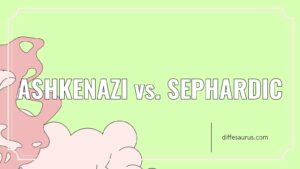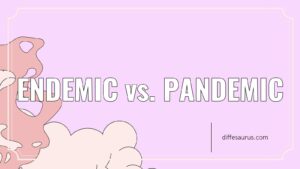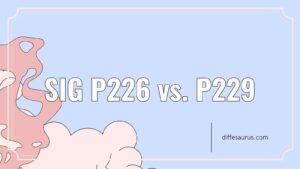When a small change in the price of a good causes a bigger change in the quantity demanded, elastic demand is more important than inelastic demand.
When a price change has a large effect on the quantity demand, the demand for a product is elastic.
What is the difference between elastic and inelastic demand and supply?
The percentage change in quantity demanded is used to calculate the price elasticity of demand.
What is the difference between elastic and inelastic demand quizlet?
The difference between elastic and inelastic demand is described. When the price of a good or service changes, elastic demand refers to the lack of change in production while inelastic demand refers to a change in production. The difference between elastic demand and inelastic demand is the lack of change in demand when prices change. Inelastic demand refers to the lack of change in production when the price of a good or service changes.
What is difference between demand and elasticity of demand?
The relationship between price and demand is known as the law of demand. Ceteris paribus is the inverse or negative relationship between the price and demand of a commodity. If the price of the commodity goes up, the demand for commodity goes down, and if the price goes down, the demand goes up.
What is inelastic demand example?
When there is a change in price, a product or service may have elastic demand. When there is a change in price, products and services have inelastic demand. ‘price inelasticity of demand’ is what it is called.

What is the difference between a good that has elastic demand and one that has inelastic demand?
The main differences between elasticity and inelasticity of demand are as follows. When the price or income changes, goods with inelastic demand have smaller changes in their demand.
How do you know if a demand curve is inelastic or elastic?
The degree to which demand responds to a change in an economic factor is referred to as the elasticity of demand. When determining elasticity, the price is the most common economic factor.
What are examples of elastic demands?
Figure 1 illustrates the elasticity of demand. A large change in quantity demanded is caused by a change in price. Consumer durables are an example of a product that has an elastic demand. If the price goes up, these items can be put off, like a washing machine. In increasing automobile sales, automobile rebates have been very effective.
What are 3 example of products that are elastic?
Now that you know what elasticity is, it’s time to consider some of the factors that can help predict demand for a product.

Whats the difference between elastic and inelastic?
If the quantity demand of the product changes more than the price, it’s considered elastic. If the quantity demand of the product doesn’t change very much when the price goes up, it’s considered to be inelastic.
What are two examples of inelastic?
Some goods are more vulnerable to price swings than others, due to the reality of inelastic demand.
Is elasticity of 1 elastic or inelastic?
When the elasticity is greater than 1, the demand is elastic. Low responsiveness to price changes and inelastic demand are shown by computed elasticities that are less than 1. The proportional responsiveness of demand is shown by the unitary elasticities. The elasticity is equal to the percent change in price and the percent change in quantity demanded. Table 1 summarizes the ranges that are summarized.



